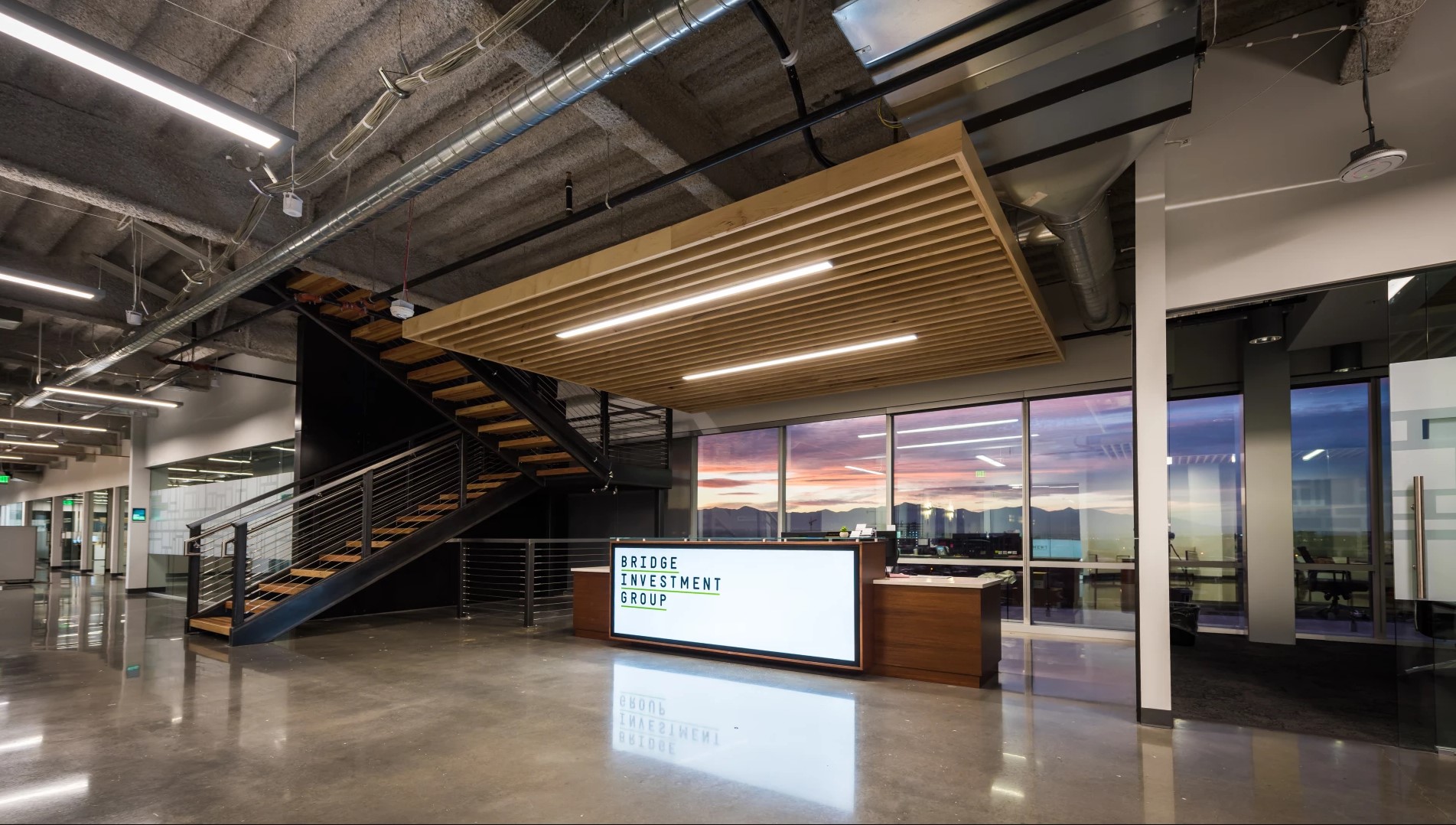This Week’s Developments in the US Economy
Putting Housing Supply into Context
In the US residential rental sector, much of the focus over the year has been on the high supply environment in the multifamily portion of the market and whether absorption will keep up with the pace of new supply. Multifamily rentals do not, however, operate in a vacuum—it is part of a much larger residential space that includes for-rent single-family and homeownership (single-family homes owned by their occupants). The homeownership part of the broader housing market has experienced increasing tightness over the past couple of years, which is likely to have knock-on effects in other residential rental areas. In this week’s note, we focus on two root causes for tightness in the single-family ownership market, which we anticipate will not dissipate in the near future.
The core issue is that the US faces an increasing housing deficit as new residential construction has lagged behind new household growth for over a decade. The single-family portion of the housing market has seen tightening in total. Despite recent increases in new home construction, household growth and declining existing home sales suggest the gap is expanding. In 2023, only 4.1 million existing homes were sold, the lowest since 1995 and an 18.7% decrease from 2022—the largest annual decrease since 2007.

Several factors contribute to this persistent housing gap. One major factor is the lock-in effect of low mortgage rates, which keeps existing home inventory low as most homeowners have fixed rates well below current rates. Additionally, current construction levels are insufficient to close the gap—we cannot build our way out of the problem. Efforts to increase new home supply may further elevate costs due to supply and demand dynamics. Without considerable progress, the housing gap is likely to remain an issue for the foreseeable future.
The Housing Gap
The US faces a growing housing shortage as construction struggles to keep pace with population growth and household formation. Despite an uptick in construction, with nearly 1.5 million completions in 2023—a 90% increase from a decade ago—it remains insufficient to close the gap. The gap is likely widening, as the average number of new households formed between 2012 and 2023 was 1.4 million per year, while completions averaged 1.1 million annually (see accompanying visual).

Closing this gap will be challenging given estimates of the current deficit. For example, in 2022, Fannie Mae estimated the overall housing gap to be approximately 4.4 million multifamily and single-family homes across the top 75 metro areas. Realtor.com, a partner of the National Association of Realtors (“NAR”), estimates that underbuilding since 2012 has increased the gap by as much as 2.5 million homes nationwide. This persistent imbalance between household formation and total housing completions, which we continue to see today, creates additional pressure on churn in existing home sales to meet demand. However, just the opposite is happening in current housing markets.
Home Sales Fall Below Historic Figures
Another factor exacerbating the housing gap is the low inventory of existing homes. While new home sales are up roughly 200,000 units in March (the most recent reporting month) compared to the post-GFC average, existing single family home sales are down by over 600,000 units. This decline has pushed net home sales below historic levels by 400,000 units (see accompanying visual). The limited supply of existing single-family homes has not only helped drive the current single family median home price to $412K—an increase of 49% when compared to year-end 2019. Additionally, higher new home construction has raised the share of new family homes sold in March 2024 to 15% of total sales, emphasizing the point that we cannot build our way out of the deficit in the near-term.

The significant decline in existing single family home sales is largely due to the lock-in effect of mortgage rates in a high interest rate environment. According to the Federal Housing Finance Agency (“FHFA”), about 70% of existing mortgages were more than three percentage points lower than the market rate for new mortgages at the end of 2023 (see accompanying visual). This disparity disincentivizes families and individuals from selling, resulting in 1.3 million fewer sales between Q2 2022 and Q4 2023, as reported by the FHFA.
No Clear Solution May Cause Home Prices to Remain Elevated

The already existing housing deficit, combined with current construction not keeping pace with household formation, makes bridging the housing gap in the near future unlikely. Attempting to "build our way" out of the problem may not be feasible, as the market may not be able to absorb the cost of more expensive homes. With new home prices already high, an acceleration in production could exacerbate this issue by driving up demand for limited construction materials and labor, thus increasing production costs. We anticipate that the housing shortage will sustain high home prices for longer, preventing a market correction in the near-term. If production accelerates, which is difficult to imagine given the tightness of the labor market and limited availability of workers, we believe home prices might see further increases. The net effect of higher for-ownership home prices and lower total home sales puts greater pressure on other parts of the housing market, which we believe will allow for elevated supply in rental markets to be absorbed more easily.


